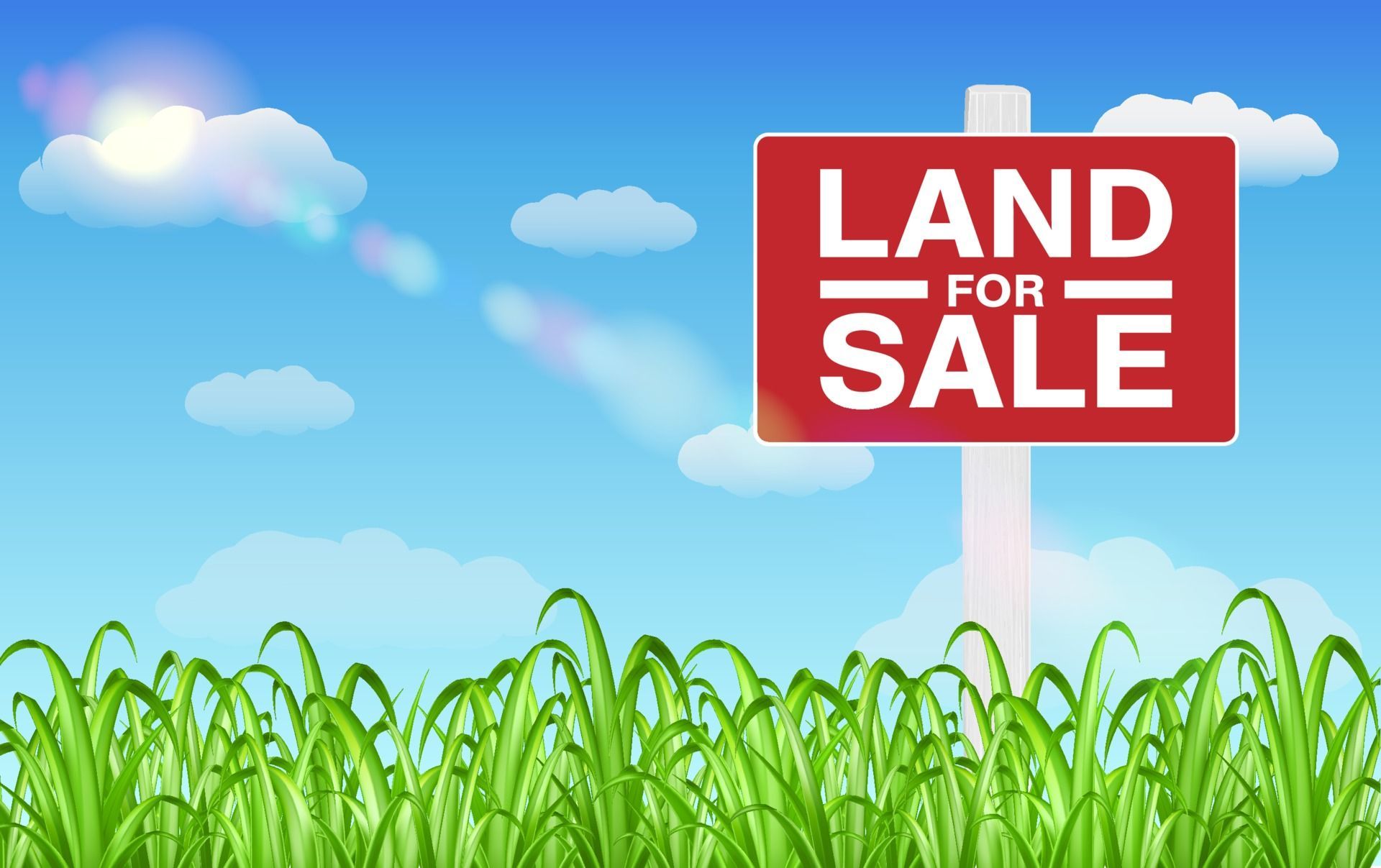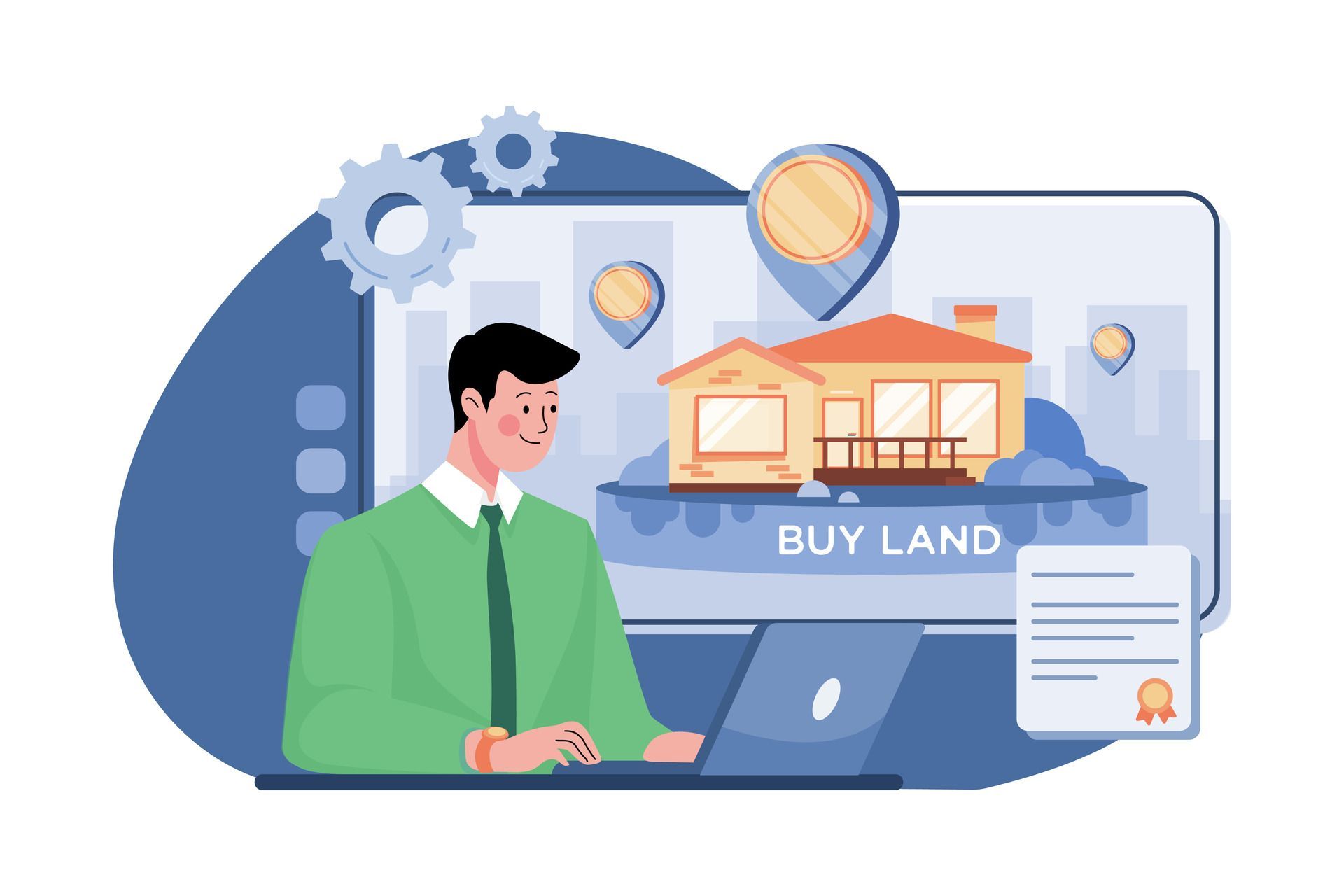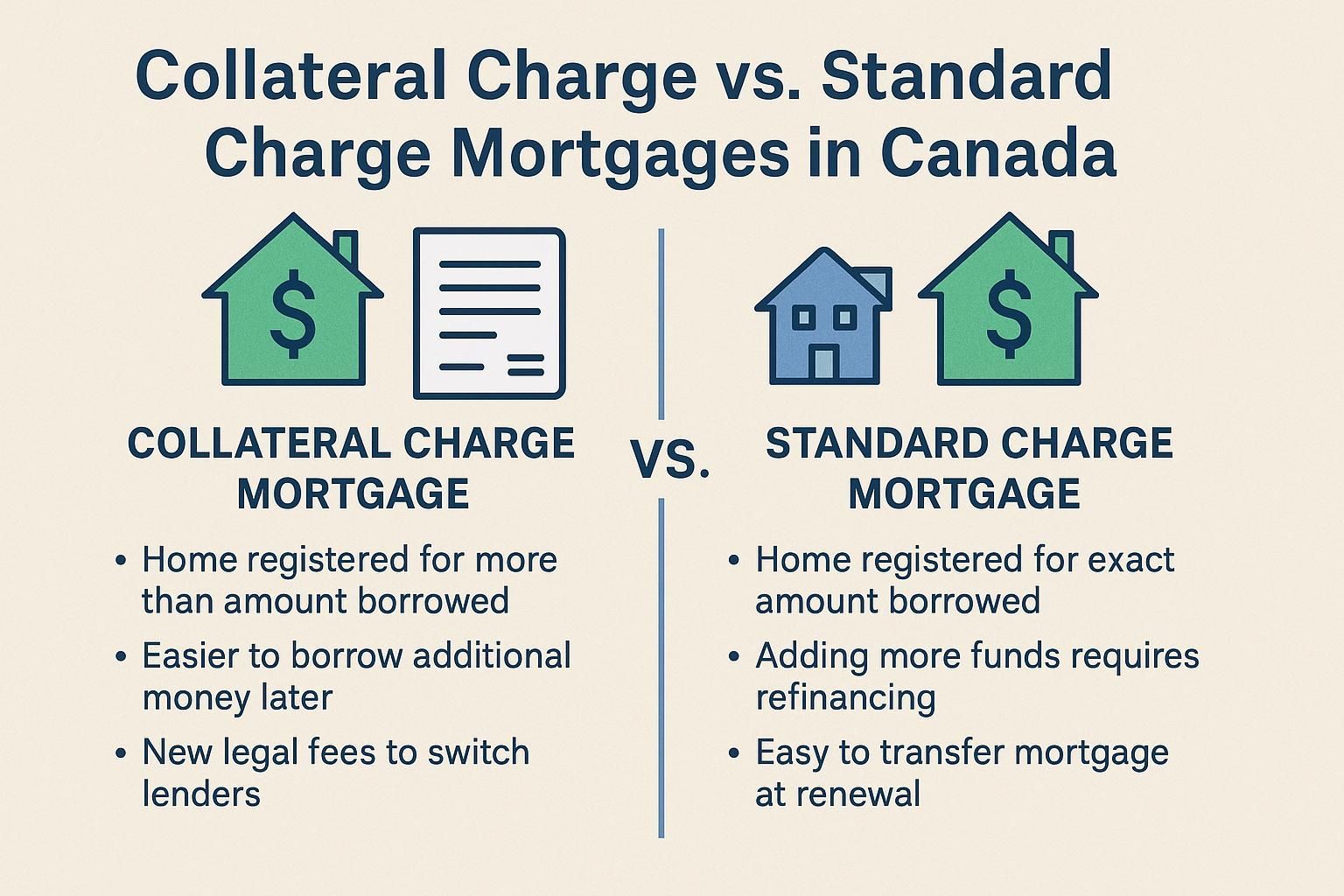Buying Bare Land in Canada: What You Need to Know

Have you ever dreamed of buying a piece of land and building your very own home from scratch? You're not alone! Buying bare land, especially in beautiful British Columbia, Canada, can be an exciting adventure or a money pit. Before you start dreaming of where to put your future house, there are a few important things you should know.
What is Bare Land?
Bare land, sometimes called vacant land, is just that—land without any buildings or structures on it. It's an empty canvas waiting for your ideas. But buying bare land isn’t quite the same as buying a house or apartment. It comes with its own set of rules and challenges, especially when it comes to financing.
Why is Financing Bare Land Different?
When you buy a home, Lenders feel safer lending you money because if something goes wrong, they can sell the house to get their money back. With bare land, it’s different because there’s nothing built yet.
- It’s harder to sell bare land – than a home.
- Which makes it riskier for Lenders, therefore they usually have stricter lending rules and higher interest rates to offset the risk.
Important Things to Consider About Financing Bare Land:
1. Down Payments Can Be High
- Raw Land: This is completely untouched land without any utilities like water, sewer, electricity, or roads. Lenders often require a large down payment, sometimes around 50% of the land’s price.
- Due to the higher perceived risk, many lenders do not lend on raw, undeveloped land.
- Vacant or Serviced Land: This land already has important utilities (like electricity, water, sewer, gas, telecommunications, and road access) nearby or already installed. Because it's easier to build on, Lenders may require a slightly lower down payment, usually around 35%.
2. Higher Interest Rates and Shorter Loan Terms
- Interest rates on land loans are generally higher than on regular home loans because of the increased risk. Also, Lenders might offer shorter loan terms.
- Some lenders may offer loans where you only pay interest for a few years, which can help lower your monthly payments in the short term.
3. Finding the Right Lender
There are three main places to get a land loan:
- Traditional Banks: Major banks sometimes provide land loans but usually with strict rules, high down payments, and higher interest rates.
- Credit Unions: Local credit unions can often have more flexible rules and may offer better terms, especially if the land is within their local lending area.
- Private Lenders: Companies specifically dealing with land financing. They offer customized loans but typically charge fees for borrowing the money and higher interest rates.

Steps to Successfully Get a Land Loan:
Step 1: Prepare Your Documentation
Banks and lenders will want to see:
- Your financial records – i.e. income & down payment
- Credit reports
- Information about the land itself (like zoning, future plans, and what services are included).
Being organized and prepared helps make the process smoother.
Step 2: Think About Your Future Plans
Do you want to build your dream home right away or just hold onto the land for a while? If you’re planning to build right away, a construction mortgage may be the solution. This type of loan can cover the cost of buying the land and building your new home.
Is Buying Bare Land Right for You?
Buying land can be an amazing experience, but it's important to be realistic. It can be challenging, especially financially, if you're not prepared. High down payments and higher interest rates can be tricky for many people without extra savings.
Given the complexities and varying terms associated with land financing – for most people without deep pockets – it’s challenging.
Kelly Hudson
Mortgage Broker
604-312-5009
Kelly@KellyHudsonMortgages.com
www.KellyHudsonMortgages.com






